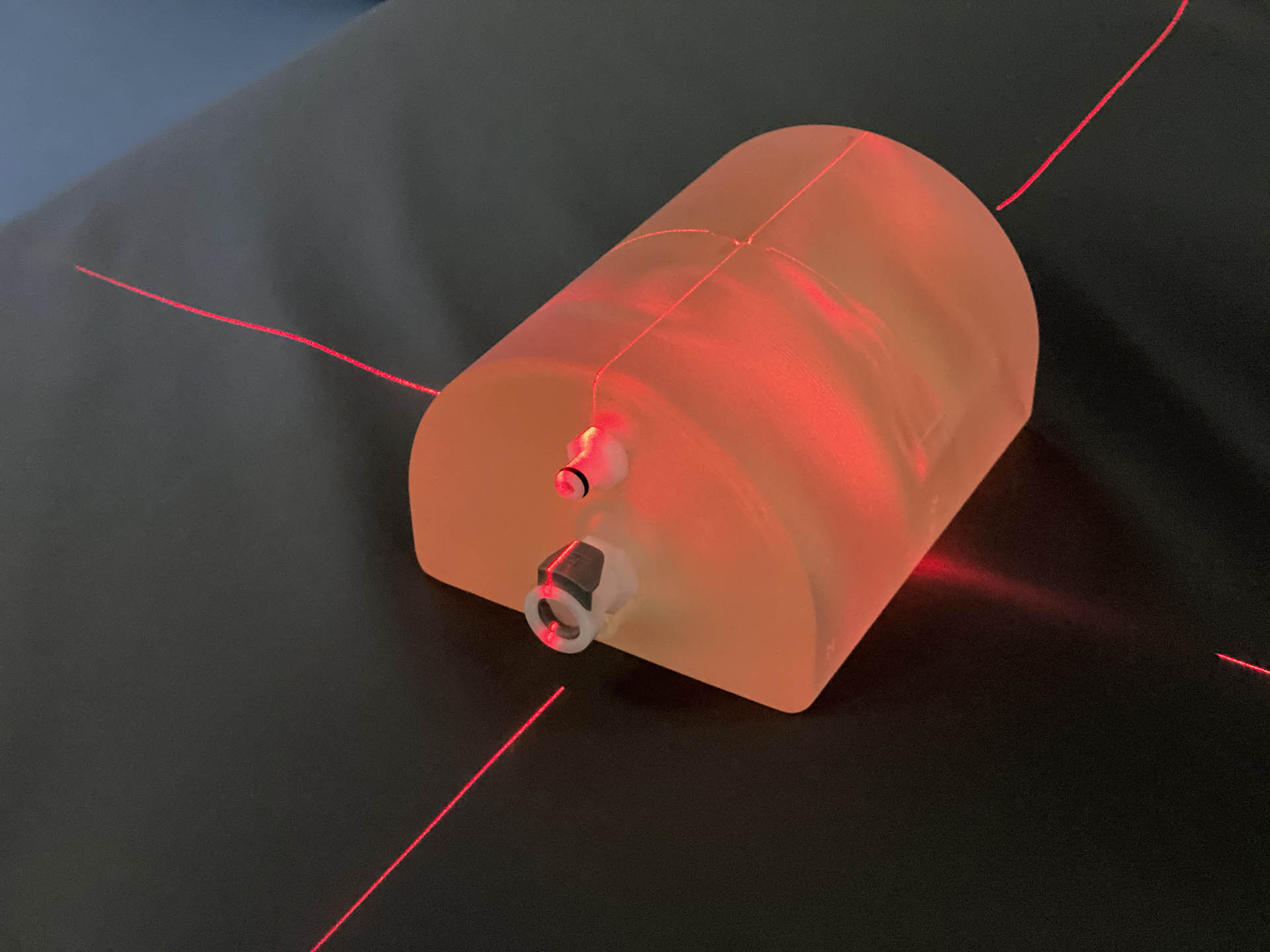Clinical Training Concepts
Proper technical orientation of the user in the employment of angiographic systems is a prerequisite for their use. However, the availability of assistance, navigation, and all-encompassing workflow- solutions increase the need for additional training to utilize these systems. Training can help the user to recognize the value and to understand the function of these applications in their daily clinical routine. Both, in terms of content – “What is it suitable for a specific case? – as well as practical – “How is it applied best?’ – and if possible, not on the patient for the first time.
Recognizing the Value.
Clinical Training Concepts
The user will only have the desire to learn if they recognize the value of using an application. Real world examples convey this value to the user immediately.
Learning from other Professions.
Surety by Simulation
Learning how to theoretically operate a device is usually straight forward. However, mastering operations of a device under a variety of conditions requires extensive training. A good simulation allows training for both daily recurring scenarios as well as rare and dangerous situations under realistic conditions.
This strategy has been used and evolved in the aviation industry for decades to protect the most valuable asset, peoples’ safety.
Implementing specific Requirements.
Phantoms for Imaging Training
Optimal training involves the inclusion of the actual imaging device. In this way, the operation and the coordination of processes can be practiced realistically. The goal of simulation-based training is achieved when the operator can predict the imaging device’s behaviors for safe and effective operations – and is in full command of the technology facing the patient.



